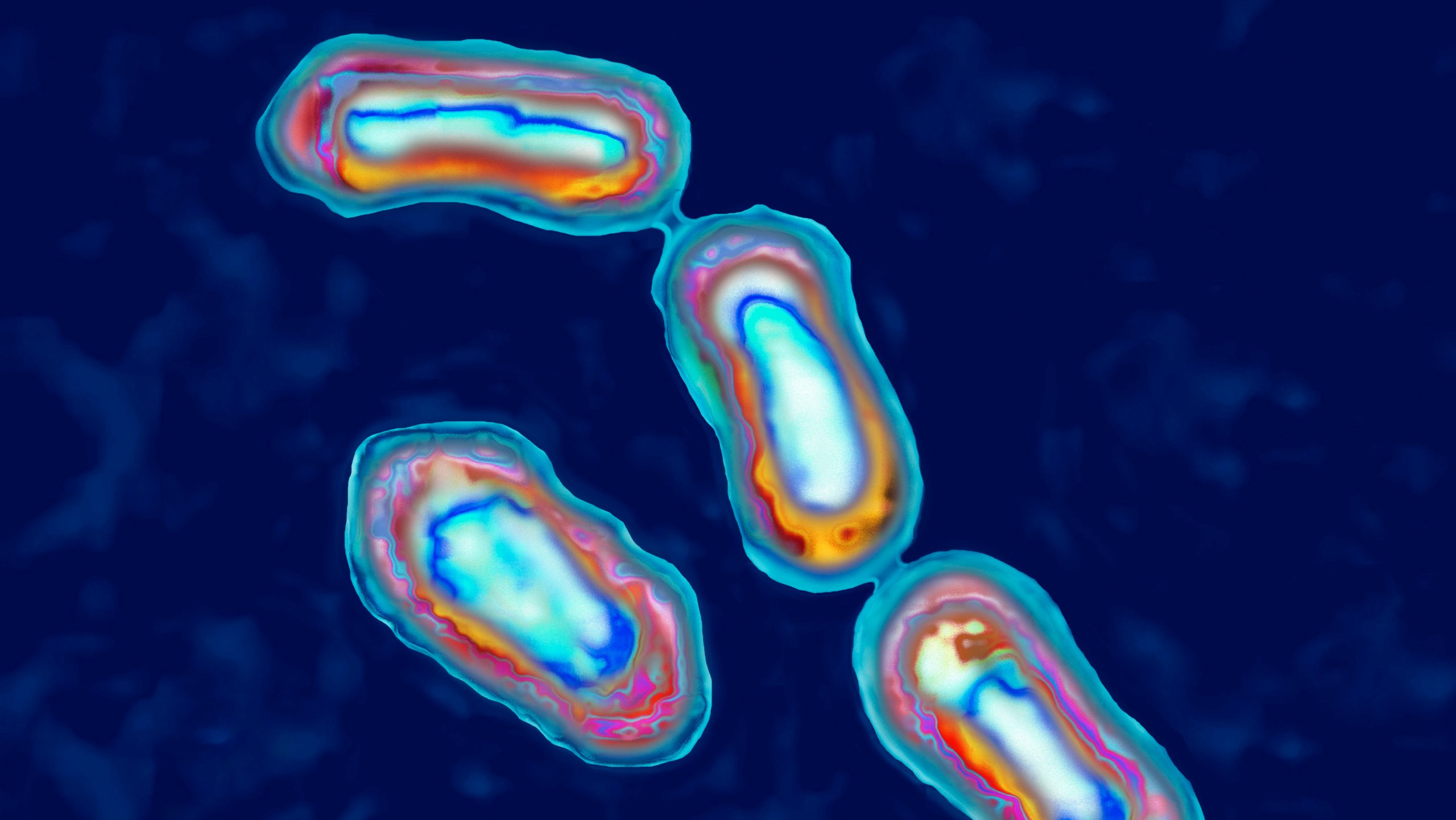Scientists have discovered the world’s largest bacteria, in a swamp in the caribbeanwhich, unlike most, is not microscopic and can be seen with the naked eye, the journal Sciense published this Thursday.
The thin white filament, about the size of a human eyelash,“it is by far the largest bacterium known to date”said Jean-Marie Volland, a marine biologist at Lawrence Berkeley National Laboratory and co-author of a paper announcing the discovery.
Co-author Olivier Gros, a biologist at the University of the French West Indies and Guyana, found the first specimen of this bacterium, called Thiomargarita magnifica, or “magnificent sulfur pearl” — clinging to submerged leaves off the Guadeloupe archipelago in the Caribbean Sea in 2009.
This is an important observation because until now the containment of cell DNA within a membrane-bound organelle was considered to be strictly limited to eukaryotic cells.
— Jean-Marie Volland (@JeanVolland) June 23, 2022
The scientist did not immediately identify that it was a bacterium, due to its surprisingly large size, since these bacteria, on average, reach a length of 0.9 centimeters.
Only later genetic analysis revealed that the organism was a single bacterial cell.
“It is an incredible discovery. It opens up the question of how many of these giant bacteria there are in the world and reminds us not to underestimate bacteria,” said Petra Levin, a microbiologist at the University of Washington, who was not involved in the study.
Olivier Gros also found the bacteria attached to oyster shells, rocks, and glass bottles in the Guadalupe swamp.
Scientists have yet to grow it in the lab, but researchers say the cell has an unusual structure for bacteria.
The fundamental difference is that it has a large central compartment, or vacuole (cavity in a cell’s protoplasm), which allows some cellular functions to take place in this controlled environment, rather than in the entire cell.
“Acquiring this large central vacuole definitely helps a cell get around physical limitations … on the size of a cell,” said Manuel Campos, a biologist at the French National Center for Scientific Research, who was not involved in the study.
The researchers also noted that they are not sure why the bacteria is so large, but co-author Jean-Marie Volland suggested a hypothesis that it could be an adaptation to help it avoid being eaten by smaller organisms.
Source: Observadora
